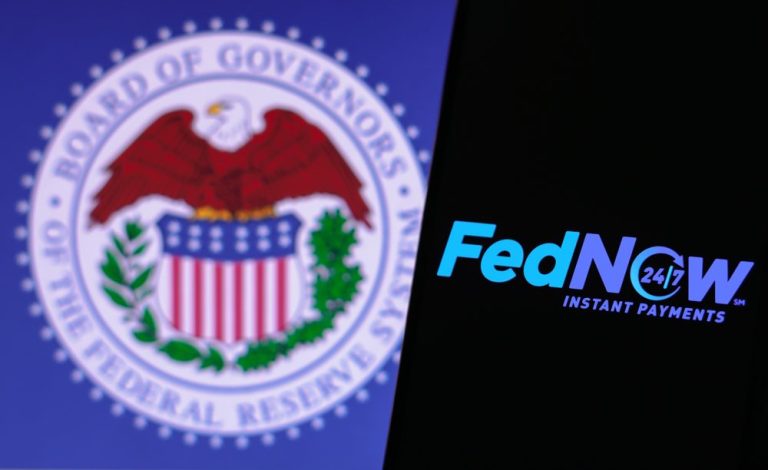
Digital is often a one-way street, and the finance sector appears to be taking it.
This is as the future of money movement looks set to reach a crescendo this July when Federal Reserve launches its long-awaited payments service, FedNow Service.
When FedNow goes live, there will be no turning back. Insiders on the government project, including Dan Baum, the senior vice president and head of FedNow’s payments product, told PYMNTS last fall that the platform represents “the beginning of the reality of truly modern payments in the U.S.”
What that means for the other alternative-fiat assets riding the wave of digitization, including offerings like stablecoins and a potential U.S. central bank digital currency (CBDC), remains to be seen.
A recently published White House economic report takes the view that despite leveraging the emergent environment, digital assets, particularly crypto, have failed to provide any real value other than bringing key user demands for the future of payments and digital money conveniently to the forefront.
“The growth of crypto assets has revealed a demand for a faster and more inclusive financial system with a real-time payment system and circulating digital money … This vision has not been realized [by crypto],” the White House paper stated, going on to emphasize that, “the benefits of circulating digital money after FedNow is launched may be minimal.”
Observers have questioned whether recent actions and reports by U.S. government agencies, like the Securities and Exchange Commission (SEC), targeting crypto are meant to serve as a spring cleaning for the digital payment landscape before the launch of FedNow this summer.
FedNow will allow businesses and individual customers of participating banks to send and receive payments 24/7, providing a valuable and convenient alternative to the existing system, which traditionally processes payments during business hours and never on the weekends.
The FedNow service is designed to create “a leading-edge payments system that is resilient, adaptive, and accessible … around the clock, every day of the year,” Richmond Fed President Tom Barkin said in a statement.
The ability of the FedNow payment service to facilitate real-time transactions and provide immediate access to funds mirrors many of the benefits cryptocurrency proponents and CBDC backers alike espouse about alternative digital assets.
And that may be entirely by design.
Read More: US Treasury Says CBDCs Good for Consumers, Bad for Banks
Last summer, Fed Governor Michelle Bowman said in a statement that “FedNow addresses the issues that some have raised about the need for a CBDC.”
Just last month (March 8), while Federal Reserve Chairman Jerome Powell told the House Financial Services Committee that “we’ll have real-time payments in this country very, very soon,” in reference to FedNow, he added that it remains unclear whether a U.S. CBDC digital dollar is something that “the financial system and U.S. citizens want or need.”
CBDCs are technically stablecoins, only they are government-backed and sovereign-issued rather than privately minted and distributed.
In a speech last week (March 30) at the National Association for Business Economics annual conference, U.S. Treasury Secretary Janet Yellen emphasized the risks of privately issued stablecoins.
“We have recommended that Congress enact legislation to establish a comprehensive prudential regulatory framework for stablecoin issuers,” she said. “Such a framework would include consolidated federal supervision, requirements for how a coin could be backed, capital and liquidity requirements, and restrictions on affiliation with commercial companies.”
As reported by PYMNTS, Yellen’s fears around stablecoin digital assets stem from the fact that they have a structure that creates the types of “run incentives” found in the traditional financial system.
Despite the technical similarities between the two assets, privately held stablecoin providers are also coming out against government CBDCs.
Circle CEO Jeremy Allaire said in an interview last month that it’s unwise to “depend on the government to build technology and innovate.” He emphasized that the future of digital money should rely instead on “the crowdsourced open-sourced development that gave birth to the entire internet.”
In the last decade, payments in cash and checks have declined dramatically while digital payments have notably increased — as has federal scrutiny around them.
Government plays a fundamental role in the provision of financial stability, as that scrutiny informs regulation, which, in turn, affects consumer choice and behavior. It remains to be seen what the next decade holds for the future of the digital money movement and the businesses that support and rely upon it.